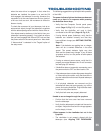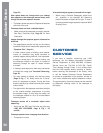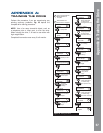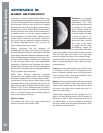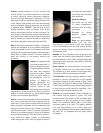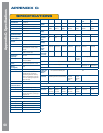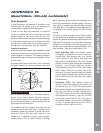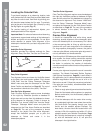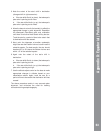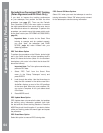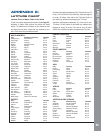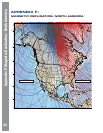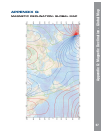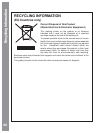
3. Note the extent of the star’s drift in declination
(disregard drift in right ascension):
a. If the star drifts South (or down), the telescope’s
polar axis is pointing too far East.
b. If the star drifts North (or up), the telescope’s
polar axis is pointing too far West.
4. Move the base in azimuth (horizontally) to effect the
appropriate change in polar alignment. Reposition
the telescope’s East-West polar axis orientation
until there is no further North-South drift by the star.
Track the star for a period of time to be certain that
its declination drift has ceased.
5. Next, point the telescope at another moderately
bright star near the Eastern horizon, but still near the
celestial equator. For best results, the star should
be about 20° or 30° above the Eastern horizon and
within ± 5° of the celestial equator.
6. Again note the extent of the star’s drift in
declination:
a. If the star drifts South, (or down) the telescope’s
polar axis is pointing too low.
b. If the star drifts North, (or up) the telescope’s
polar axis is pointing too high.
7. Use the altitude adjust control on the base to make
appropriate changes in altitude, based on your
observations above. Again, track the star for a
period of time to be certain that declination drift has
ceased.
The above procedure results in very accurate polar
alignment, and minimizes the need for tracking
corrections during astrophotography.
63
Appendix D: Equatorial ( Polar Alignment)



